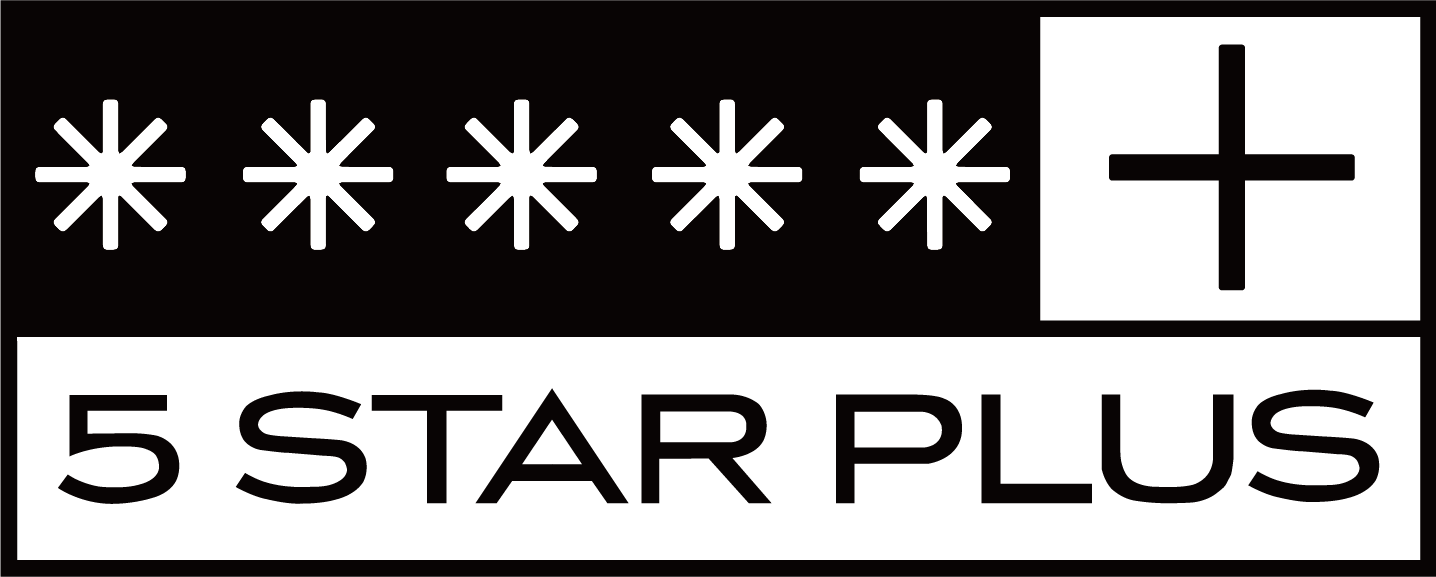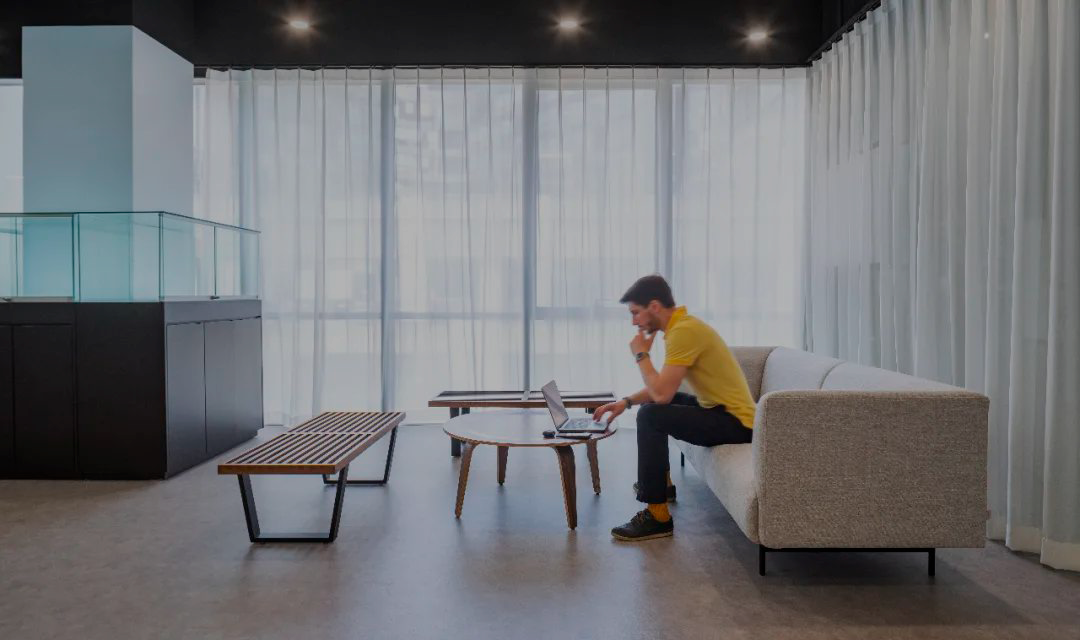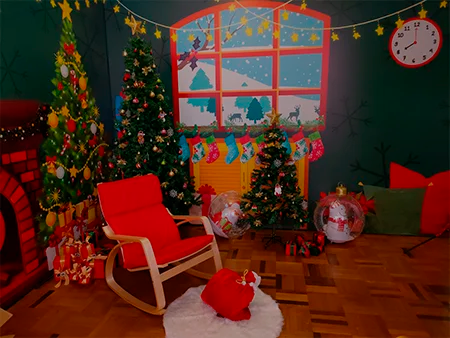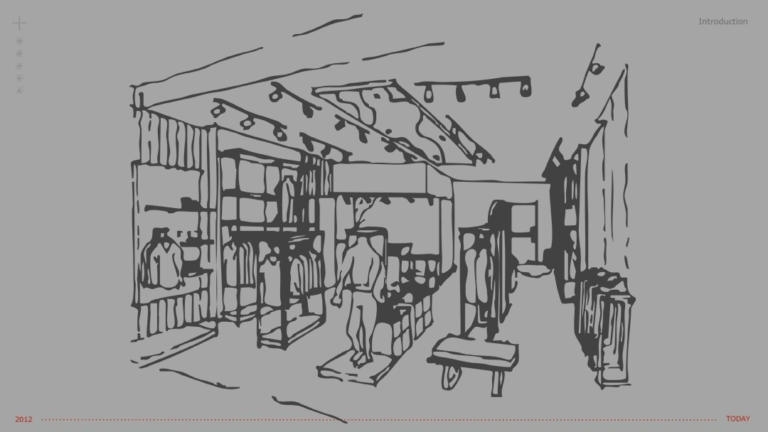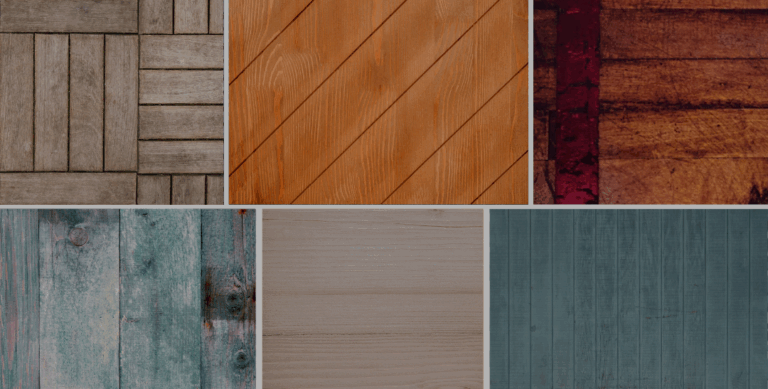In our everyday lives, we do not give much importance to the elements around us that are free. Daylight is just like that. Without noticing, it’s a source of health and well-being, an infinite form of energy, and a component of our architecture. With the right design, light becomes almost solid, cutting into existing walls and creating new spaces. However, natural light often has limited availability when designing a retail space. In such cases, designers seek to create interiors that appeal to all the senses, where they can manipulate natural light, shadows, and artificial light to create a unique atmosphere.
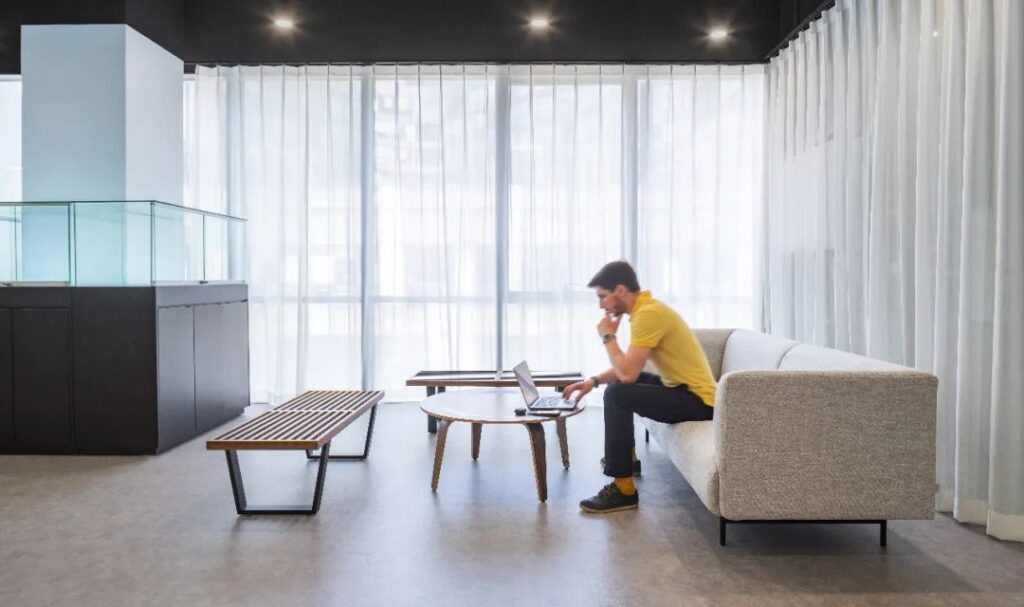
The combination of natural light and artificial light creates a well-lit, engaging environment at Cooke’s Beijing Office
In today’s world of retail design, the design of artificial lighting is just as important as the proper planning of spaces or the choice of materials. Light as an interior design tool can be used to create a particularly diverse sense of space, so it is important to understand which light sources can be used to create a certain effect or to direct customers. Moreover, poor lighting in a store can affect sales negatively. The optimal light depends on two aspects: the products that the brand sells as different light is needed for different products, and the feeling that the brand wants to convey to customers. Materials are also affected by light. The sparkle of the glass, the glitter of gold elements, the depths of dark wood, and the shadows on white walls all hold emotional messages to the customers.
Types of Lighting
Ambient
Ambient lighting is typically the store’s primary lighting that provides light to the space evenly and helps customers to navigate through the space without accidents. When customers enter the store, the atmosphere needs to be welcoming. In order to reach that, indirect, diffused light can be used to create a pleasant ambiance. The level of brightness will be determined by the size of the space, the height of the ceilings, and the amount of natural light it receives. This is usually done in the center of the store or above walkways or corridors, and can also be implemented along walls for a wall-washing effect.
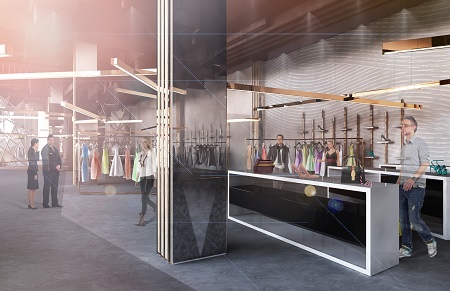
Accent Lighting
Accent lighting is a distinctive, attention-grabbing form of lighting used to highlight a specific area in the store and aims to draw customers towards a defined point. Brands typically use accent lighting in their window displays and for branding to get the attention of passers-by.
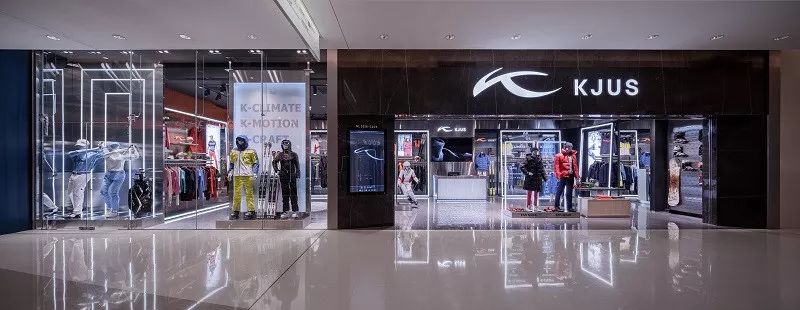
Accent lights in the window display of the KJUS flagship store in Beijing
Decorative Lighting
Its importance lies in its aesthetic function, which is purely decorative. The focus is more on the visual design instead of properly illuminating the area. The best examples of decorative lighting are the festive lights during the holidays.
Task Lighting
Task lighting is lights used in parts of the space that require more brightness for the completion of specific tasks or to enhance comfort and safety. These areas are typically the changing room, the storage area, and the cash desk. Task lighting also plays a role in the functional separation of different spaces.
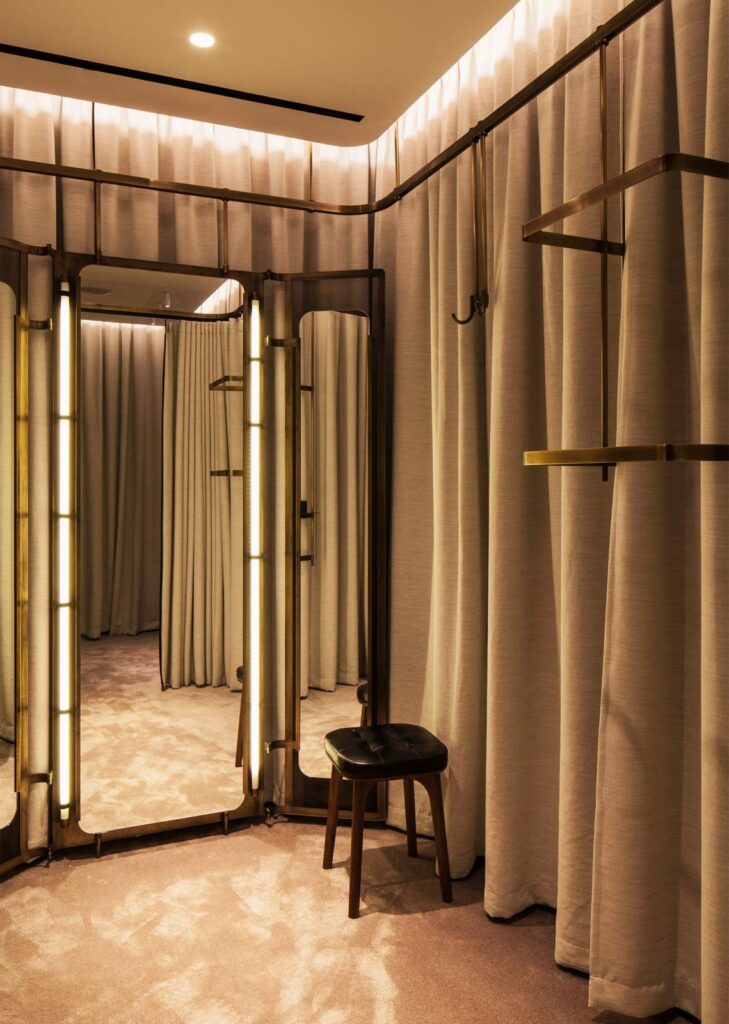
The light in the changing rooms is designed to make garments put on look appealing to customers.
Lighting is one of those aspects that most customers do not perceive at first glance. However, unconsciously, good lighting improves both the retail design and the atmosphere of the store. It can considerably improve the quality of a space and is the one singular aspect in retail design that can either make or break a store design concept.
